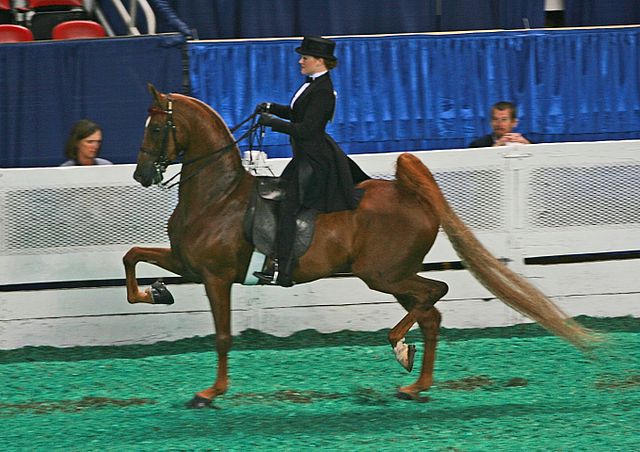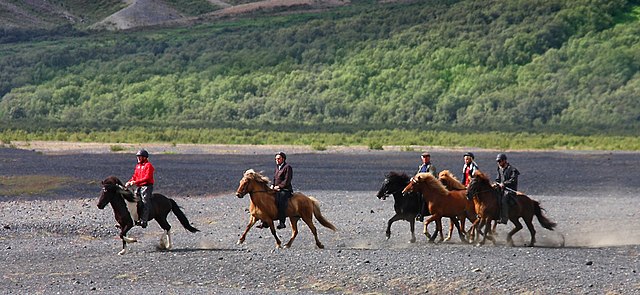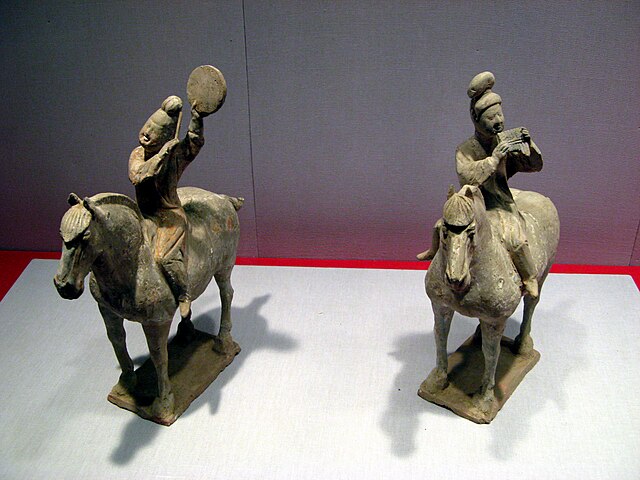English riding is a form of horse riding seen throughout the world. There are many variations, but all feature a flat English saddle without the deep seat, high cantle or saddle horn that are part of a Western saddle nor the knee pads seen on an Australian Stock Saddle. Saddles within the various English disciplines are all designed to allow the horse the freedom to move in the optimal manner for a given task, ranging from classical dressage to horse racing. English bridles also vary in style based on discipline, but most feature some type of cavesson noseband as well as closed reins, buckled together at the ends, that prevents them from dropping on the ground if a rider becomes unseated. Clothing for riders in competition is usually based on traditional needs from which a specific style of riding developed, but most standards require, as a minimum, boots; breeches or jodhpurs; a shirt with some form of tie or stock; a hat, cap, or equestrian helmet; and a jacket.

Dressage style English attire and tack in competition.
A youth rider in English style tack and equipment
Saddle seat riding
Equestrianism, commonly known as horse riding or horseback riding, includes the disciplines of riding, driving, and vaulting. This broad description includes the use of horses for practical working purposes, transportation, recreational activities, artistic or cultural exercises, and competitive sport.
A young rider at a horse show in Australia
Lusitano riders of the Portuguese School of Equestrian Art, one of the "Big Four" most prestigious riding academies in the world, alongside the Cadre Noir, the Spanish Riding School, and the Royal Andalusian School.
Equestrian tour on traditional local breed, Icelandic horses in Skaftafell mountains of Iceland
Musicians riding horses, Tang dynasty







